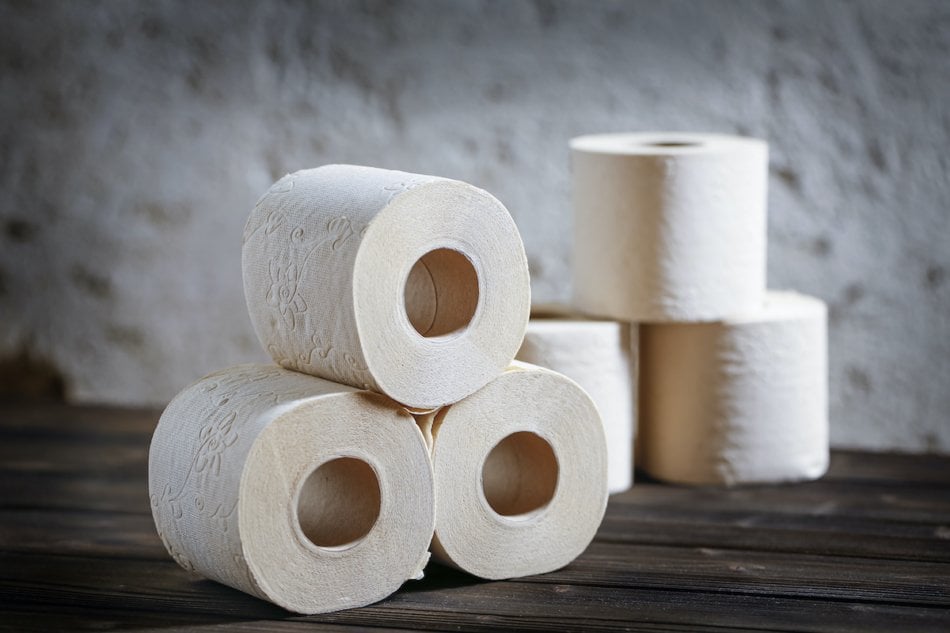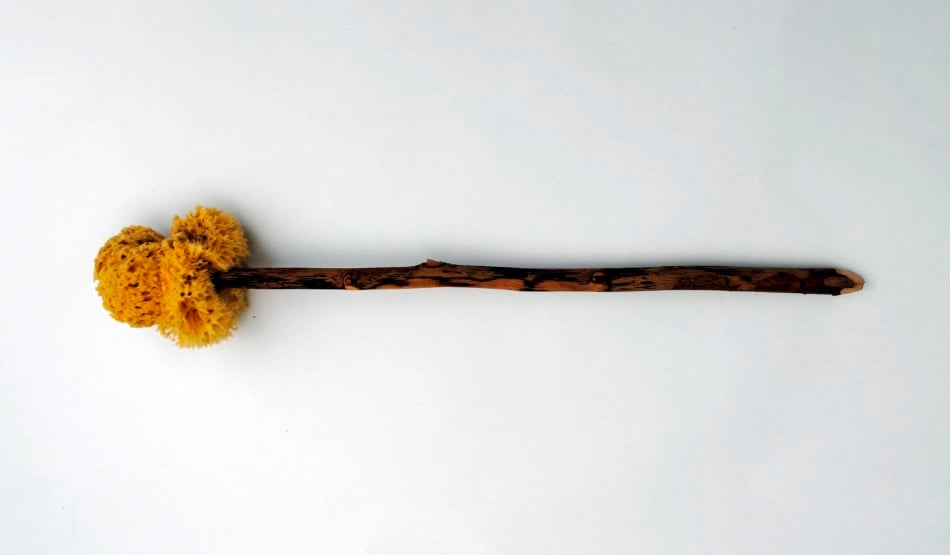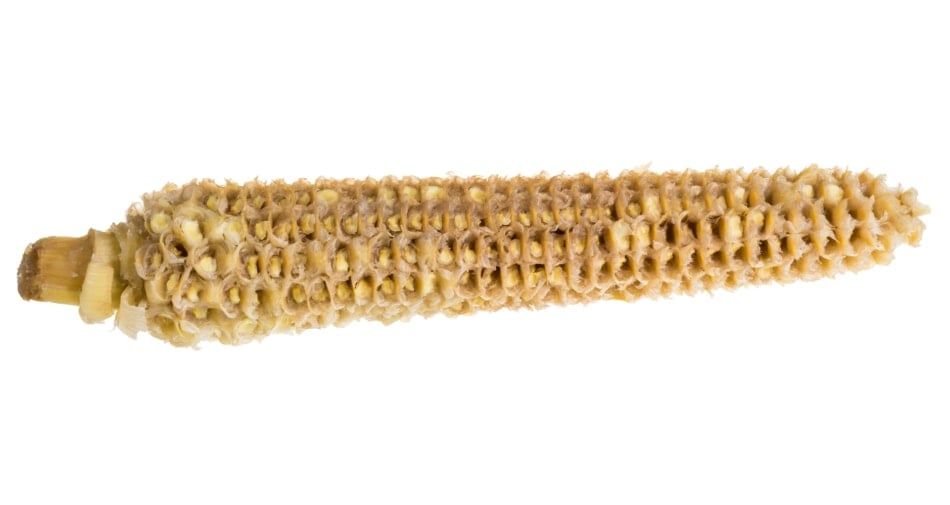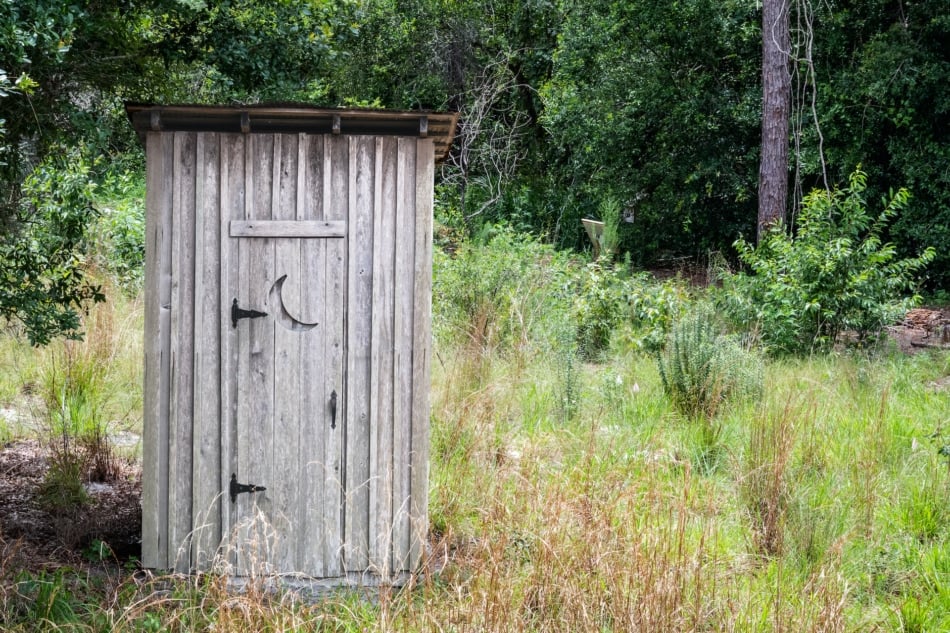What Did People Do Before Toilet Paper?
Take a look at some of the crazy things people used before toilet paper existed. You'll be amazed!

Anyone who’s been camping will tell you that a handful of dry leaves sure comes in handy when there isn’t any toilet paper around (and, as many of us know, unfortunate, accidental brushes with poison ivy can happen!). But you may be surprised to learn that before the mass production of toilet paper, the choices for “cleaning up” were far more varied than you might imagine.
The Early Days of Toilet Paper
Toilet paper was invented in China. The earliest historical accounts of using wads of tissue paper to clean up after… well, afterward, are found in the 6th century. The first toilet paper was manufactured on a large scale for that particular use, occurring in what is today Zhejiang province in the 14th century.
Modern toilet paper wasn’t commonly available in the United States until the mid 19th century. Before it was manufactured in the ubiquitous 4 ½” rolls we all know and love, toilet paper came in bundles of flat sheets, roughly the size of the box of today’s facial tissues (which are larger sheets, folded).
The father of American toilet tissue is said to be J.C. Gayetty, and his “Gayetty’s Medicated Paper for the Water-Closet” was available from the Civil War era, well into the 1920s.
Before Toilet Paper…

But what did people use before toilet paper was readily available? That depends on what part of the world you are from:
- Traditionally, people in the Middle East and the Indian subcontinent use water and the mechanical action of the left hand.
- Parts of Europe, too, use strategically aimed jets of water, or separate fixtures known as bidets. In those cases, toilet paper is simply used to dry off.
- In Japan, flat sticks, a bit like tongue depressors, known as chügi, were drawn from left to right over the soiled area.
- In ancient Greece, pottery shards were used with a similar scraping motion. Sometimes these pottery fragments would be inscribed with the name of an enemy before being used.

- In Rome, people cleaned themselves after using a public latrine with a sea sponge lashed to a stick, stored in a bucket of saltwater or vinegar. It was considered polite to give the sponge a cursory rinse and a squeeze before putting it back in the bucket to get it ready for the next person.
- Native Americans used twigs, dry grass, small stones, and even oyster or clam shells.
Corncobs?

In rural agrarian communities, handfuls of straw were frequently used, but one of the most popular items to use for clean-up was dried corncobs. They were plentiful and quite efficient at cleaning. They could be drawn in one direction or turned on an axis. They were also softer on tender areas than you might think. Even after toilet paper became available, some people in Western states still preferred corncobs when using the outhouse.
But Wait… There’s More!

Frugal settlers without indoor plumbing also deployed squares of newspaper, pages of telephone books, or the Sears Roebuck catalog because the paper was newsprint style, which was good for absorbency and softness.
And some would even resort to using the pages of our own Farmers’ Almanac, which was often faithfully (and conveniently) hanging in the outhouse.
This past year, Americans bought over seven billion rolls of toilet paper, most of which is soft and designed to dissolve in water, making it friendly to our sewer and septic systems.
May 6 is “Read Your Farmers’ Almanac in the Bathroom Day.” Find out how to celebrate!
We’d love to hear your comments or suggestions on this matter!

Edward Higgins
Edward Higgins is a freelance writer, artist, home chef, and avid fly fisherman who lives outside of Portland, Maine. He studied at Skidmore College and Harvard University. His article 10 Best Edible Insects appears in the 2020 Farmers' Almanac.







Best now to use TP made from bamboo. It regrows quickly and saves trees. I like reelpaper.com.
This is a great idea for sustainability.
Great conversation topic at our next dinner gathering lol
Our work is done- ha!
My aunt used to hang old telephone books. Used to hate using the bathroom at her place.
I’d hate to use her bathroom too!🤣🤣
Part of the reason we use such huge quantities of toilet paper, is the way we “sit” on the toilet seat. It squeezes the buttocks together, causing them to be un-avoidably soiled. To reduce this tendancy, leave the seat UP, instead sit on the rim, with knees spread wide. You will need much less paper.
If even 20% of Americans adopted this practice, billions less trees would be cut down.
I wonder if the almanac in the outhouse is where magazine reading in the bathroom came into being!
Most likely, Marcia. And then if there was no TP, people used the pages!
The one about using pottery chards really got me laughing think how painful that must have been. Maybe more painful than the”corset”. And the corncob?! No thank you
Lol LOL I cannot imagine either, even the sponge, how discusting and most of all the bacteria.
This is very helpful, especially with it being such an odd topic. Written well, and with wit, thank you Edward
Thank you. Best.
My grandfather, a farmer, always carried three corn cobs in his back pocket. I always love to give him a hard time about it.
Was he from Vermilion,SD?
General Knowledge for my students her ein Santiago de Chile. Hugs!